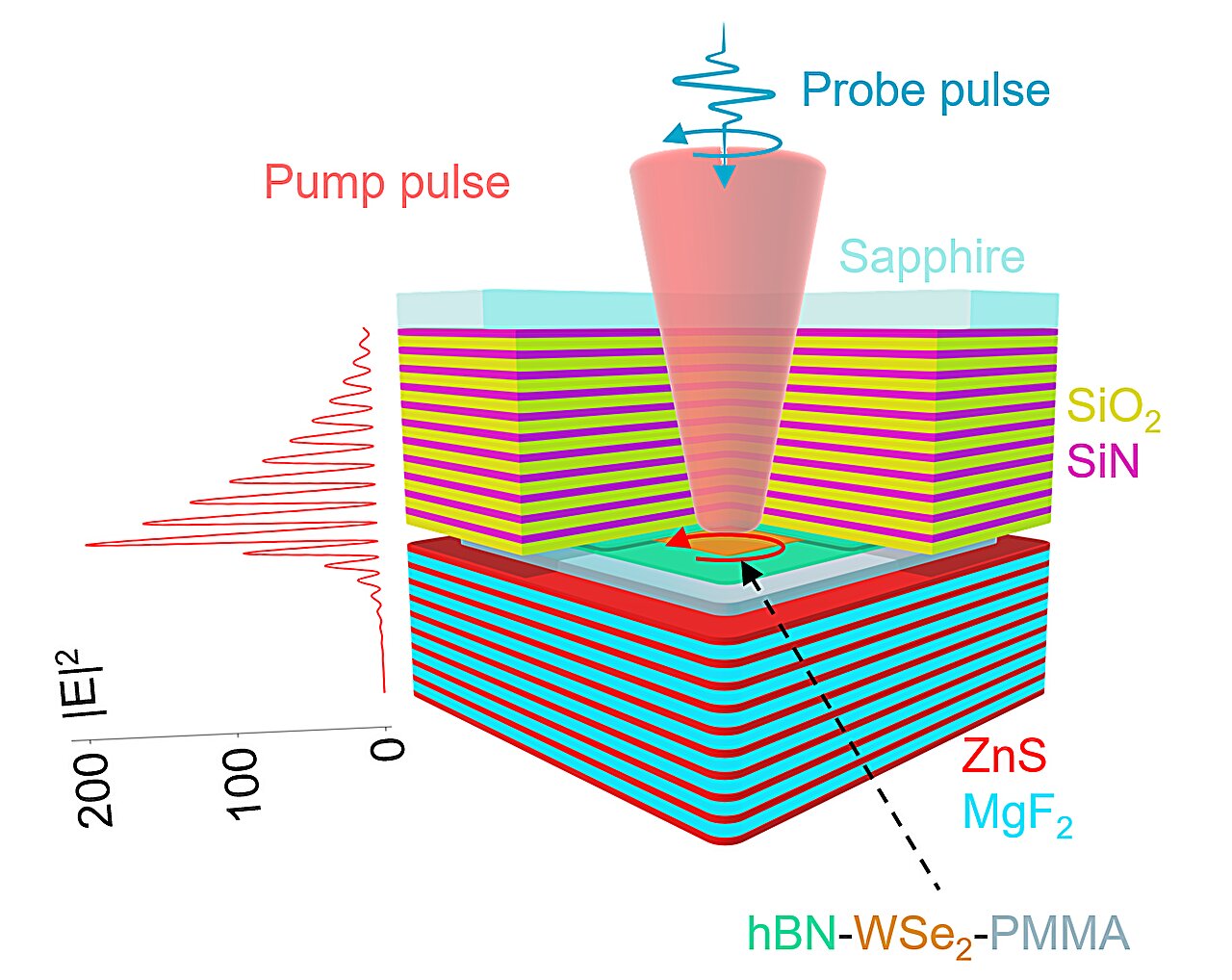- cross-posted to:
- hackernews@lemmy.bestiver.se
- cross-posted to:
- hackernews@lemmy.bestiver.se
Ironically, page won’t load for me.
How is it a switch if there’s no data processing? There needs to be a MAC table and the switch needs to send non-broadcast frames only to the right port. I don’t see how it can have that intelligence without converting light to electricity and processing it.
And I’d take it that would mean no SFPs, which means not a very flexible device if all the ports are LC with a fixed wavelength and signal.
Someone please correct me if I’m wrong, but I don’t think this article is talking about a network switch, I think it’s talking about a logic gate switch.
It is, it confused me too. It is refering to an optical only on/off switch which can also be used as an xor gate. Many levels down from a network switch.
There are such things as L1 switches, they are not really switches in the Ethernet sense but rather more like crossbar switches. They can selectively connect all traffic from two arbitrary ports together, and then change that on the fly, without a wiring change. Applications that are obsessed with getting the lowest possible latency might opt for those.
Ah, yes, high-speed stock trading. One of the big drivers of network innovation.
Its smart light, it knows where it needs to go.
Get me that sub ms latency!! But I’ll take larger bandwidth too.
How long do we thing before things like this are implemented at a larger ISP scale?
ISPs have nothing to do with what the article talks about, this is about logical gates. Anyways, this tech sounds like a research toy to secure some grants for the laboratory.
When Comcast’s monopoly is broken up by the government.
Soon. In the US probaly not soon though, you guys shafted on consumer utilities.





